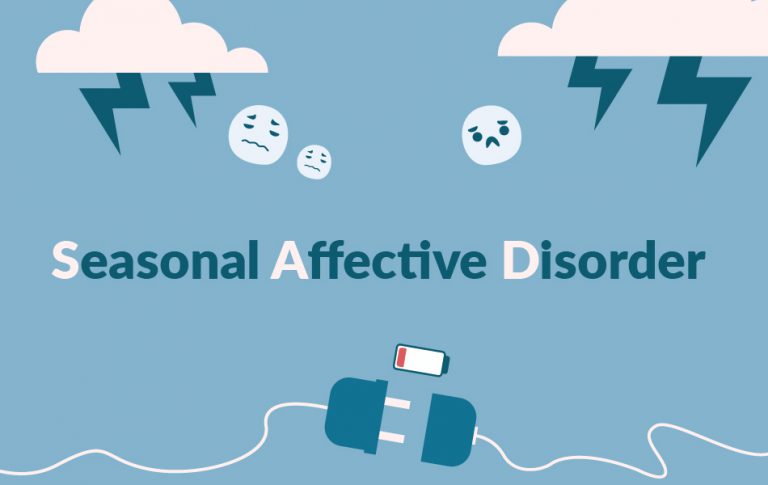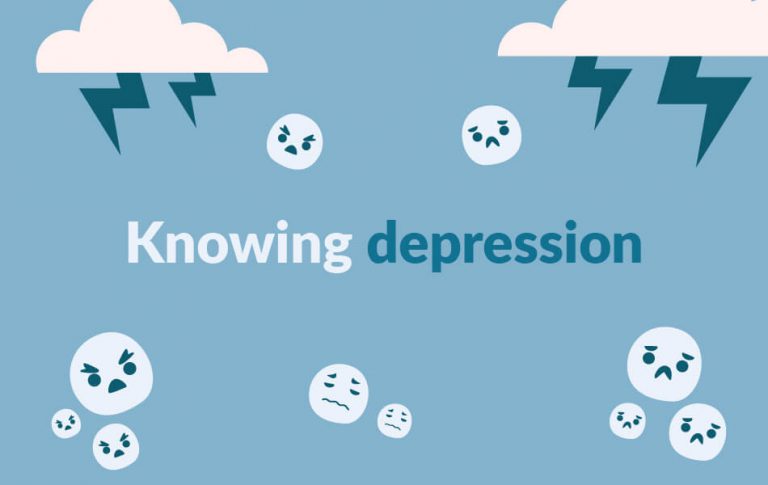If someone were to ask you to name a favorite part of your body they might be met with a long pause as you try to find something you like about yourself.
However, if you were asked to name a part of your body you don’t like, chances are you’d have a good list going in less than a second. A list with several items, possibly categorized and alphabetized as well. That’s because everyone has something they don’t like about their appearance. It’s human nature to find that one thing you consciously avoid looking at in the mirror. You know your best angle for selfies, the best cut of dress or pants, and whether you can dare to rock a two-piece at the beach.
Body Dysmorphic Disorder, however, is a condition where this normal dislike is amplified to the point where thinking about physical flaws – whether actual or perceived – happens every day for hours on end, disrupting daily life and causing great distress. It’s not about what you can and can’t wear to the beach, but more about not going to the beach at all. People with BDD often miss school or work and consistently avoid social situations where they fear their flaws will be noticed by everyone.
Signs & Symptoms of BDD
Shame is a major driving force in BDD. People with this condition will see their perceived flaw – nose, complexion, breast size, hair, etc. – as a deformity or defect even when others don’t notice it at all. Extreme preoccupation with this flaw will lead to repetitive behaviors that cannot be controlled, like frequently checking the mirror, constant grooming, or picking at their skin. People with BDD commonly avoid social situations because they believe that everyone will notice their flaw and make fun of them because of it.
They often make exaggerated attempts to hide the perceived flaw with makeup and clothing, and constantly look for reassurance from people about the way they look. A person with Body Dysmorphic Disorder is also likely to seek frequent cosmetic procedures to improve their looks, but are never really satisfied with the results.
People cut themselves off from the outside world and are consumed by feelings of shame and loathing about the way they look. This is how Body Dysmorphic Disorder is different from simply not liking the shape of your nose. The preoccupation with a perceived flaw is intensely disruptive to daily living, causing problems at school, work, and in interpersonal relationships.
Because of the intense fear of being mocked about their appearance, people with BDD isolate themselves from others. This gives them more time to obsess about their flaws, which increases feelings of shame and humiliation. Substance abuse and depression are realities for individuals dealing with BDD in this way.
It’s important to remember that vanity and conceit is not the same as Body Dysmorphic Disorder. Being preoccupied with your appearance as a result of BDD is not the same as being self-obsessed and thinking that you’re the cat’s whiskers. BDD is a serious mental illness that causes people to feel ashamed of themselves and the way they look, instead of loving it.
This shame is constant and linked to a very low self-esteem. On an internal level, they are disgusted with their appearance and externally, they fear being judged and mocked by others. Ignoring Body Dysmorphic Disorder won’t make it go away. The obsessive thoughts are outside of an individual’s control and even though they are unwanted, they can occur anywhere between 3 and 8 hours every day. This makes it increasingly hard to lead a productive life at school or work, and poses all kinds of problems within relationships. Maintaining friendships or being a good romantic partner is virtually impossible when your mind is constantly clouded by your shame and disgust.
But this isn’t something with which you have to suffer in silence for a lifetime. Treatment for BDD is available and usually involves a combination of Cognitive Behavioral Therapy and medication to effectively control and reduce the symptoms. If you or someone you know are struggling with symptoms related to Body Dysmorphic Disorder, contact us at ZwavelStream Clinic to set up an appointment with one of our specialist psychologists.







